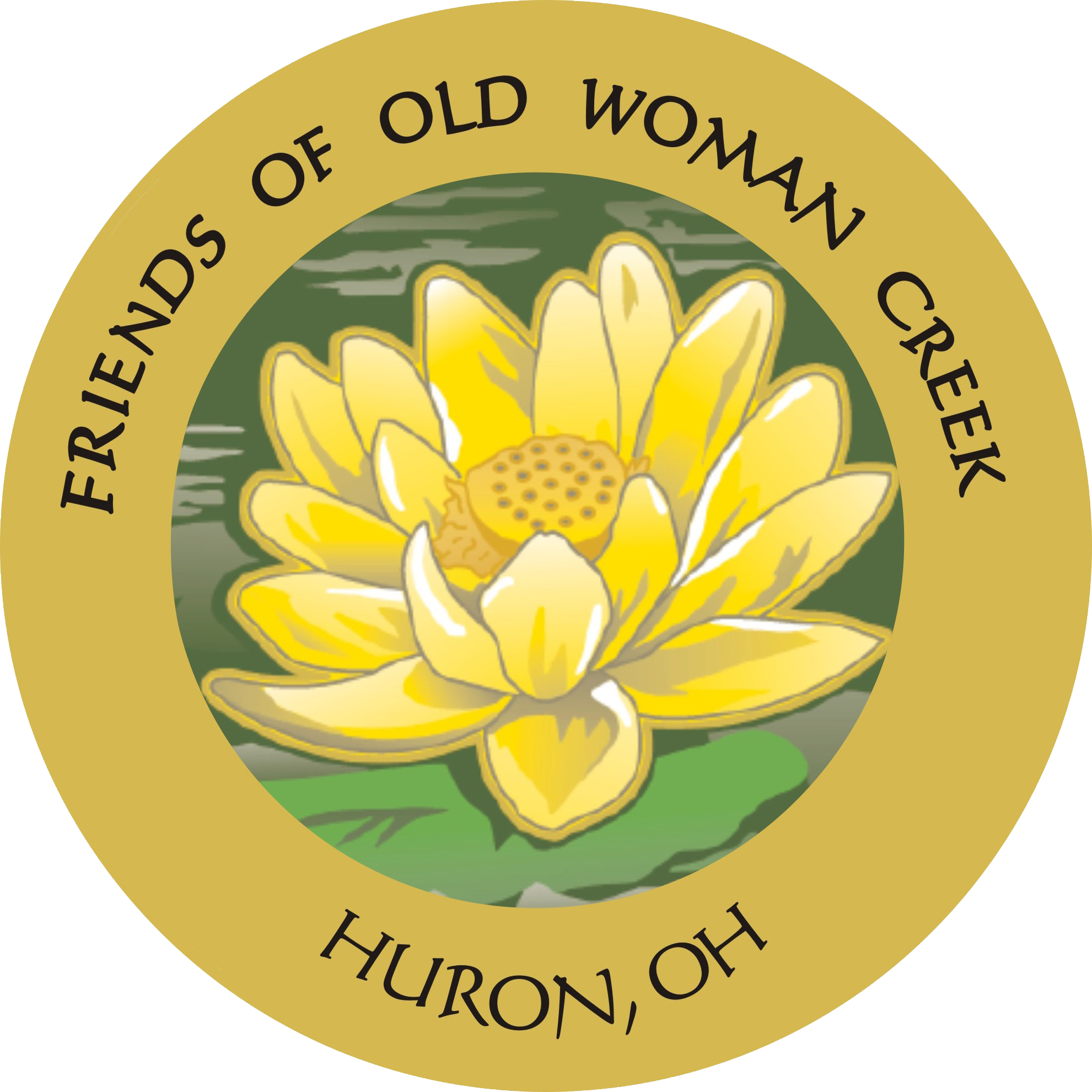Why is it called Old Woman Creek?
It’s been called Old Woman Creek since at least the late 1700s, according to Huron, Ohio history. An 1808 survey map shows the name.
Two legends exist as to the name’s origin:
1) A love triangle involving a visiting Frenchman, John Flamaron, one of the first settlers in the area, a Native American warrior, Ogontz and his betrothed, Wintasta. On a hunting trip, Ogontz confronted Flamaron in a rage over a deer John had shot which Ogontz claimed he had been stalking as well as anger over him stealing his Wintasta. As Ogontz raised his bow to shoot, John’s rifle was faster and Ogontz was killed. John related his story about the incident to the tribe and was acquitted. But Ogontz’s two brothers vowed revenge. John was tied to a tree and was about to be executed when Wintasta rushed up and threw herself in front of him. But she was too late to stop the arrow which pierced both in the heart. Minehonto, mother of Wintasta, and her husband buried their daughter and Flamaron. They planted an ash tree to mark their graves.
That night, Minehonto, who was overwhelmed with grief, threw herself into the creek and drowned. Her body was found the following day and was buried next to Wintasta and Flamaron. In honor of her memory the tribe named the stream Minehonto. As the story was retold, the name Minehonto was not easily remembered so she was eventually referred to as “the old woman”, thus the name “Old Woman Creek.”
2) When the first settlers moved into this area in the early 1800s, there was an old Native American squaw living alone near the creek that is now known as Old Woman Creek. She was very friendly with the settlers and would help them whenever she could, but no one knew her name. As new settlers arrived, they would ask younger tribesmen questions. When they did not know the answer, they would point toward the creek and say, “Go ask old woman at creek.” And thus, the name Old Woman Creek was born.
In 1811, many of the Ottawa tribe left Ohio for Canada when the War of 1812 was almost a certainty. The old woman who lived near the mouth of the creek, because of her advanced age, refused to flee the area.
In their final push into Canada, two Indians were left behind to round up stragglers and they returned once more to the old woman to reason with her. But they found her dead, her head pierced with the pick end of a Native American trade hatchet. She was buried near the mouth of the creek in a shallow grave.
In more recent years while digging a trench, workmen found a skeleton with a hole in the skull. Historian, Wallace White of Milan, was able to determine that the skeleton was a female Native America and noting the worn condition of her teeth, was able to declare that she was advanced in years. The hole in her skull was still visible. The remains have since been transferred to the appropriate authorities.
Since we lack any specific historically correct information perhaps, you the reader, will select your favorite.
